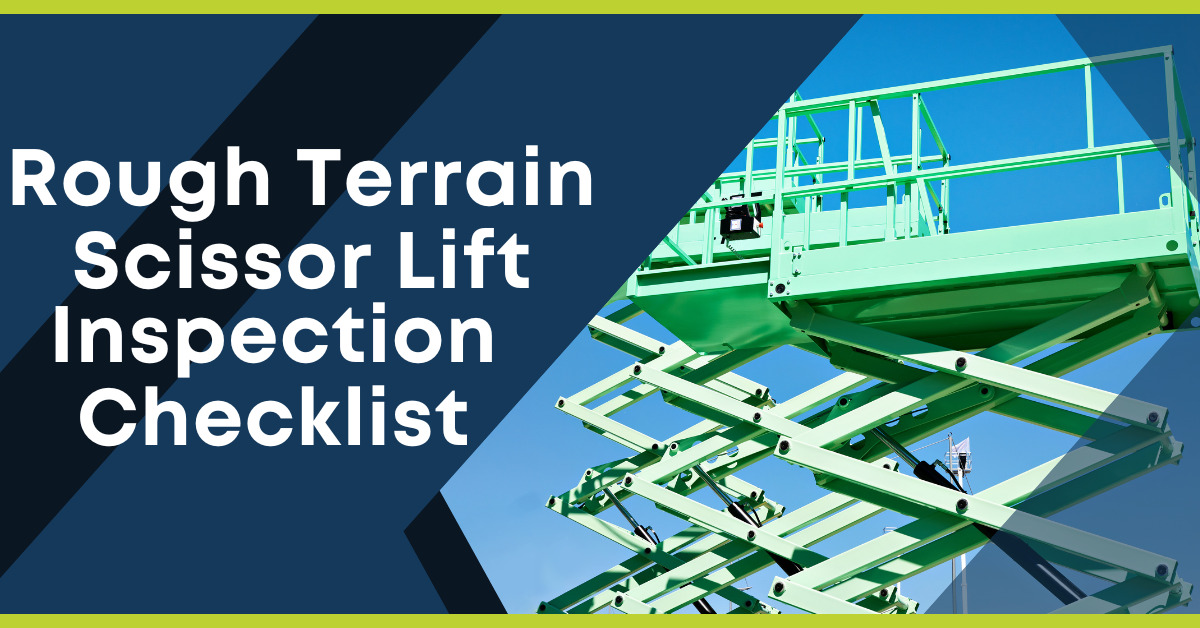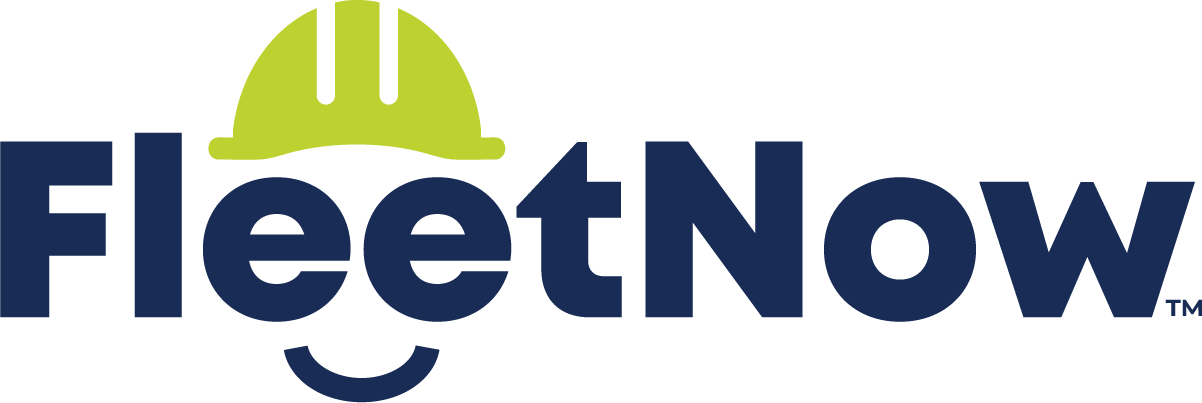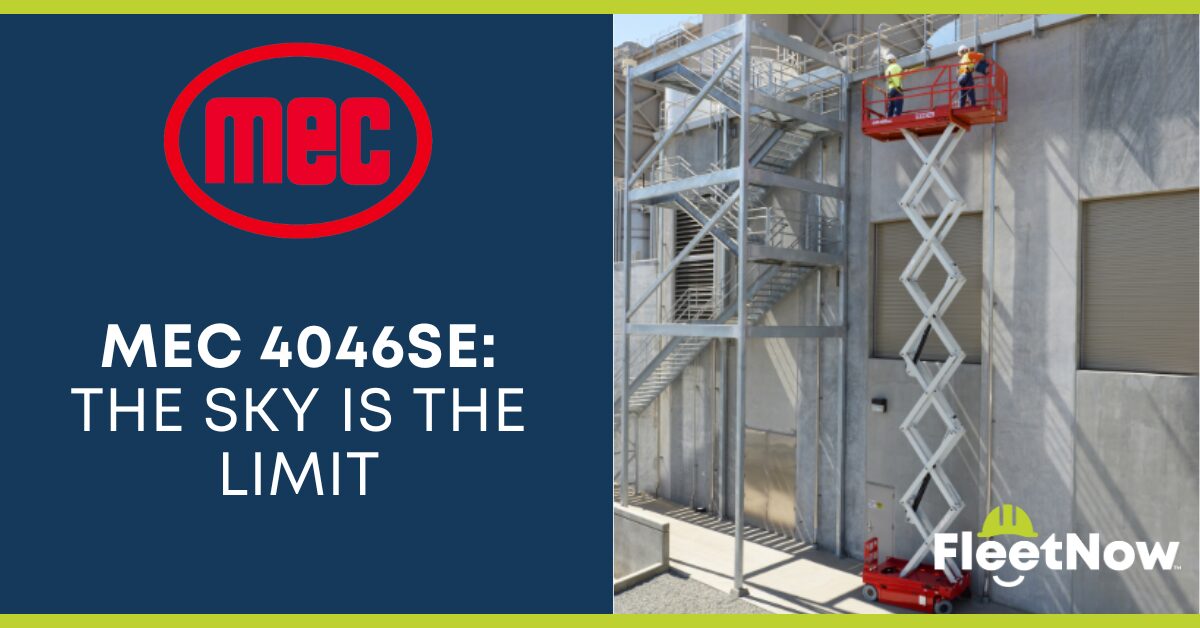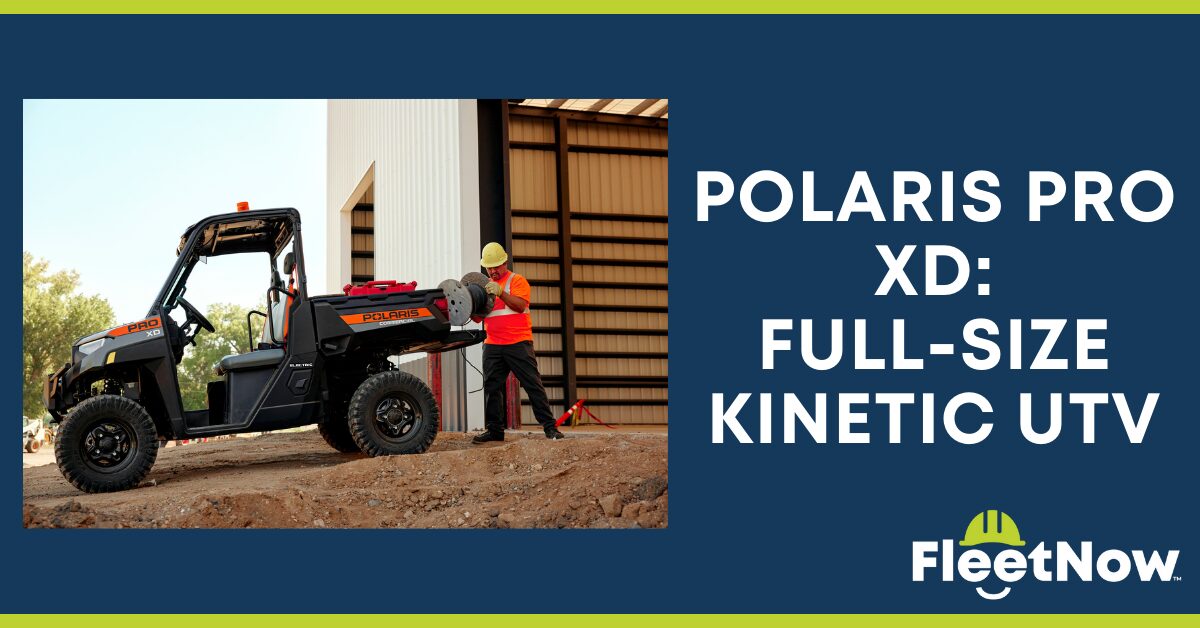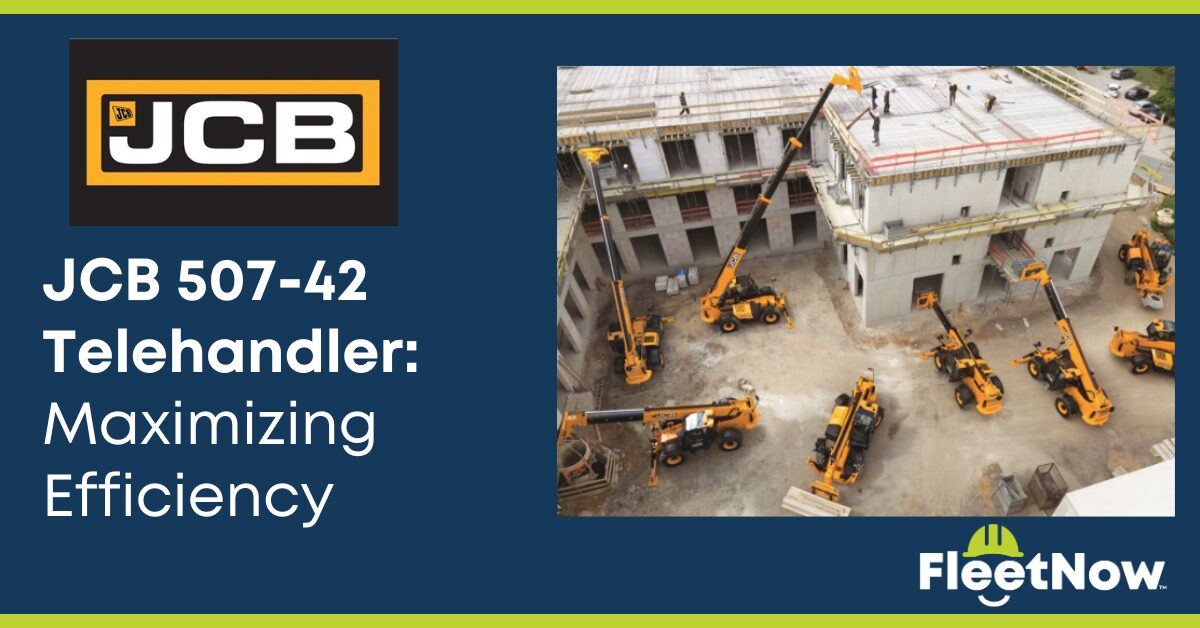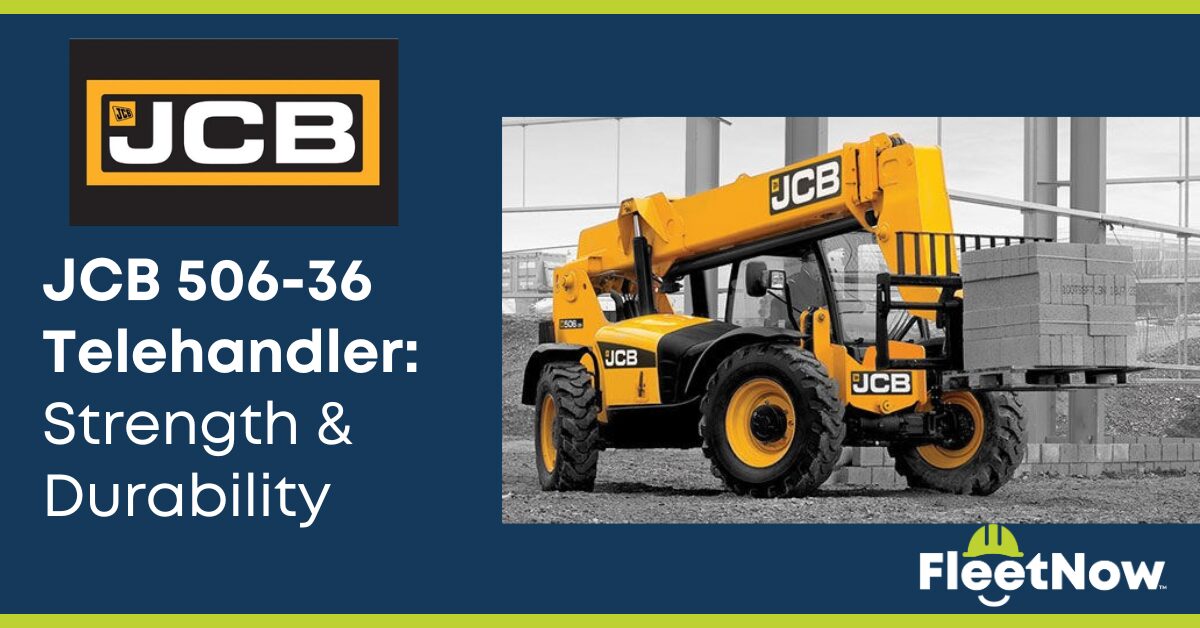Rough Terrain Scissor Lift Inspection Checklist
When it comes to working safely at heights, rough terrain scissor lifts are invaluable tools in various industries. To ensure the safe and reliable operation of rough terrain scissor lifts, it is crucial to conduct regular inspections. Using an inspection app, or a checklist, like the comprehensive rough terrain scissor lift inspection checklist below, provides a systematic approach to assessing the condition of your rough terrain scissor lift.
Why Are Inspections Important?
Regular inspections of rough terrain scissor lifts are important due to the critical role they play in ensuring safety and operational efficiency. These inspections serve as a vital line of defense against potential hazards, especially when these machines are used in challenging outdoor environments with uneven terrain. By identifying and addressing issues promptly, inspections help prevent accidents, injuries, and costly breakdowns.
Inspections are essential for compliance with safety regulations and standards, reducing liability risks, and instilling confidence in operators. Rough terrain scissor lift inspections are not just a routine task; they are a proactive measure that safeguards lives, minimizes downtime, and maximizes the lifespan and performance of this indispensable equipment.
Rough Terrain Scissor Lift Inspection Checklist
While specific checklists make vary slightly depending on the scissor lift’s make and model, key components that should go into the rough terrain scissor lift check include:
1. Visual Inspection
2. Tires & Wheels
3. Controls & Operation
4. Hydraulic System
5. Electrical System
6. Fluids & Lubrication
6. Operator Training & Certification
Does your company need a quick and effective way to inspect equipment?
FleetNow Inspect is the perfect solution for any organization looking to streamline their inspection process. With our easy-to-use app, you can save $2,700 per mechanic each year by switching to digital inspections. Plus, with just one click you can share reports and turn rental machines around faster than ever before!

